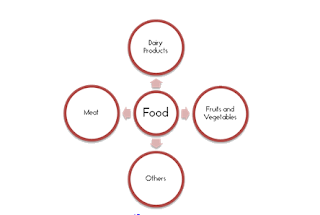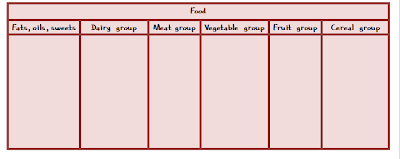With the advent of Internet connections and the great amount of tools for developing different activities at the computer, writing was highly benefited. Not only are there lots of word processing programs, but also there are many other tools to share those writings with other people.
Imagine you, as a teacher, assign some writing homework to your students on a certain topic, for example, the advantages of living in the city rather than in the country. Your students will go home, sit down next to their computers, and open their favourite word processor (as I said before, there are many of them!). Next step, they will open a web browser and search for different information in the topic. They will copy, paste, choose what information to keep and what to discard, summarize and, finally they will come up with a great writing. They may also add some graphs, using spreadsheets, or drawings, using an image editor. When they finish it, they can send it to you in several different ways: they can send it by email, post it in the class’ blog or website, or they can upload it to the class’ Yahoo group.
As each student works in his own pace, they will benefit from this kind of writing, because they can also write collaboratively. Imagine you make them prepare the previously mentioned assignment in pairs. They can discuss the main ideas using a chat program, send drafts between them by email, or, they can use some Internet tool, such as wizq.com, where they can take some advantages of the use of the whiteboard and brainstorm more ideas, or they can use a VoIP software such as Skype, and discuss their ideas in a more natural way. By then, they will have written an excellent assignment. When they come up with a final draft, they can send it to the teacher in one of the many ways they can find. And here comes another interesting aspect of using word processors for writing assignments: the teacher’s job is highly benefited with these tools, as well
Teachers spend lots of time checking homework, but with word processors, the job becomes easier. Not only can they check spelling quickly but they also can write clear comments without altering the students’ original work. They can also check grammar patterns in an easy way, and, what is also important, they can check if the students copied the whole essay from somewhere else. The most important part comes after the checking of the assignments: teachers can choose if they make comments next day, in a F2F interaction, or if they send them by email. They may also arrange a chat session to talk about the mistakes, and then, arrange a second draft due date.
There are some other technological tools of higher order which can be gradually incorporated into the course design by teachers or students. For instance, teachers and students can share some Collaborative Writing Tools, such as Google Docs, which facilitate the editing and reviewing of written texts by multiple subjects either in synchronous or asynchronous work. These technological tools greatly facilitate educational work as they make distance communication between multiple individual s easier. At the same time, they allow teachers to design creative activities, guide research and trace back their students performance in a full collaborative fashion.
There are still other more sophisticated technological tools designed and available for free for educational purposes. By means of video recordings, voice recordings and chat teachers can facilitate, motivate and monitor their students learning process, either in the oral or written code.
As teachers and students get involved with these tools, their jobs are made easier. Students can learn how to profit from the time they are on the computer, and teachers will have more free time if they learn how to use these tools effectively.
Note: This was initially written by Vicky and me as the first task for the Collaborative Writing EVO session.







